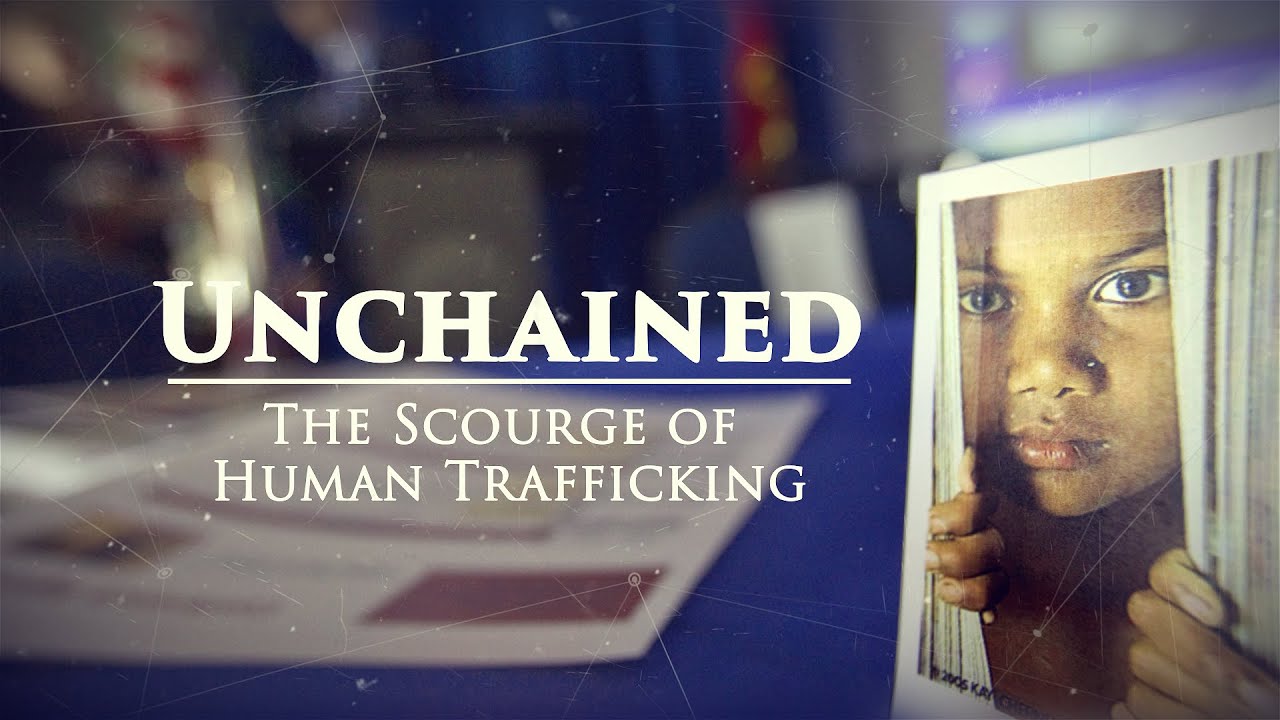
NGOCSTIP – Human Trafficking Curriculum is now playing a vital role in shaping how students understand human rights in the modern world. Through lesson plans created by HRE USA, topics such as modern-day slavery, forced labor, and youth exploitation are being introduced to middle and high school classrooms. Rather than avoiding complex issues, educators are choosing to address them head-on by using resources like End Trafficking, Slavery and Human Rights, and Youth for Sale. These units are designed to be age-appropriate while maintaining the urgency and seriousness the topic deserves. Students are not only learning about the symptoms of trafficking but also about systemic factors, legal frameworks, and ways to advocate for change. Through discussions, role-play, media analysis, and project-based learning, awareness is increasing and empathy is being cultivated in real time across the country.
One powerful part of the Human Trafficking Curriculum helps students think beyond basic stories and simple headlines. In the Youth for Sale unit, students explore real cases and study how people become trapped in trafficking systems. They question power structures, media influence, fashion choices, and the origins of their food and products. They explore how global supply chains often connect with forced labor in hidden and complex ways. This method teaches deeply and sparks lasting personal change in many learners. Students learn the core causes like poverty, corruption, and gender inequality that lead to trafficking. They grow into more aware, ethical, and socially responsible individuals through the process. Classroom talks often turn toward justice, fairness, and taking real action. Young people begin creating ideas for impact both locally and globally. Many students find documentaries, read survivor stories, and research solutions on their own after lessons end.
The lesson plans inspire more than awareness and help students take meaningful action. Students join debates, write essays, and simulate UN meetings to explore deeper issues. They connect policy, culture, and personal responsibility through guided classroom activities. Teachers ask students to write lawmakers and start social media campaigns about human trafficking. They also design visual presentations for school assemblies and public education events. These actions give students ownership and a personal stake in stopping human trafficking. Many classrooms organize awareness weeks and fundraising efforts for local shelters. Students work with nearby nonprofits to support real victims and raise public attention. This curriculum shows students they can make real changes, even on a small scale. Teachers often adjust the lessons to suit class needs and see higher engagement when they do.
A powerful feature of the curriculum is its focus on survivor narratives. Lessons incorporate stories from people who have escaped trafficking situations, not as statistics but as human beings with voices and dignity. This personal connection allows students to understand the emotional and psychological toll of exploitation. Instead of lecturing about laws or politics alone, the curriculum places humanity at its core. Students often write reflection journals, draw empathy maps, or write poetry inspired by survivor testimony. This kind of learning helps foster emotional intelligence and critical compassion. Discussions on stereotypes, blame, and bias are integrated into these lessons to ensure that students do not develop a single narrative about victims or perpetrators. In this way, the curriculum builds not only knowledge but character—making it a transformative educational experience.
“Read more: Roseola Strikes Without Warning: What Every Parent Must Know!”
Human rights education has often been underrepresented in traditional school systems, but this curriculum is challenging that norm. By embedding Human Trafficking Curriculum into social studies, English, and even art classes, schools are taking a bold step forward. These lessons align with state and national education standards, yet they also reflect real-time global challenges. By prioritizing critical thinking, active citizenship, and compassion, the curriculum is setting a new bar for what meaningful education should look like. It encourages teachers to shift from passive instruction to active facilitation, where students participate in shaping classroom dialogue. As a result, schools are evolving into spaces where important, even uncomfortable, topics are welcomed—not avoided. Education becomes a bridge between awareness and activism, between learning and doing. And through it all, students emerge not just smarter—but stronger, kinder, and more committed to building a just world.